#1


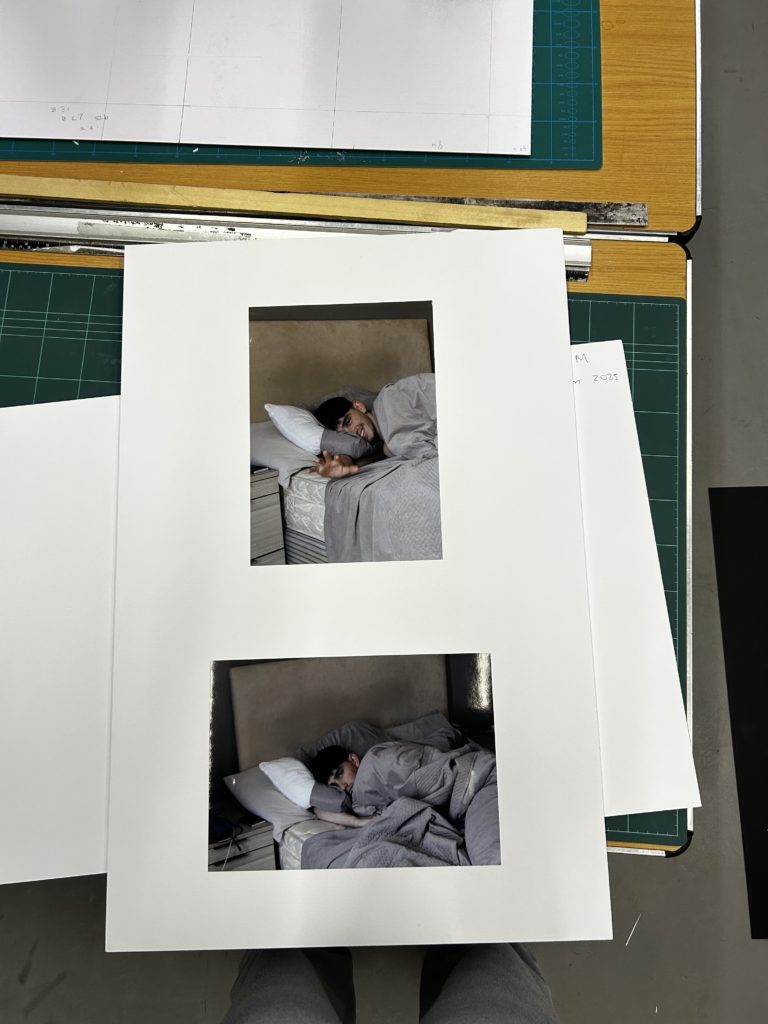

#1





My Virtual Gallery presentation



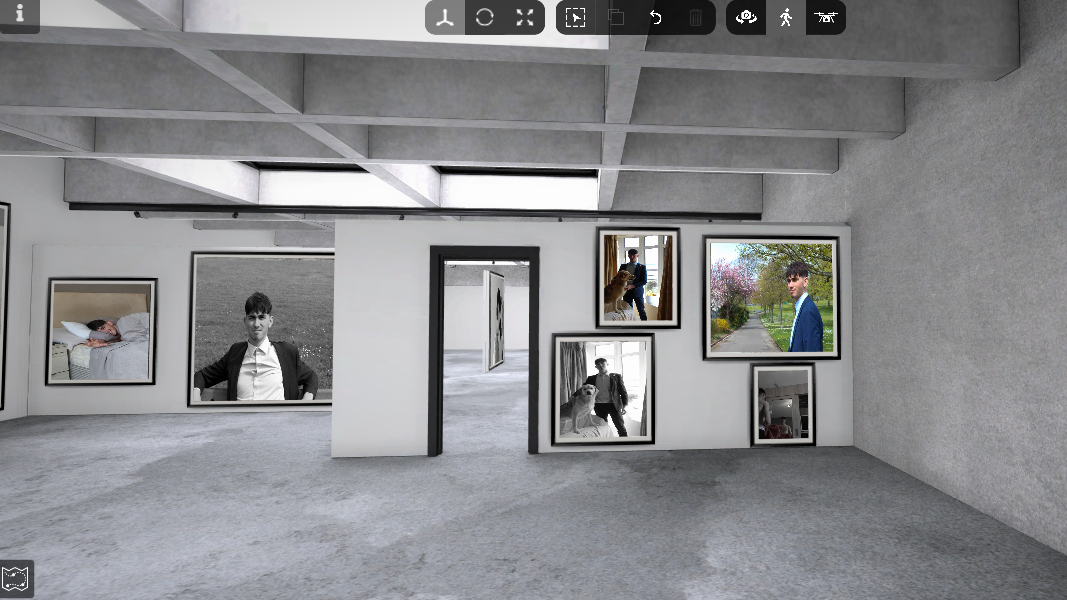


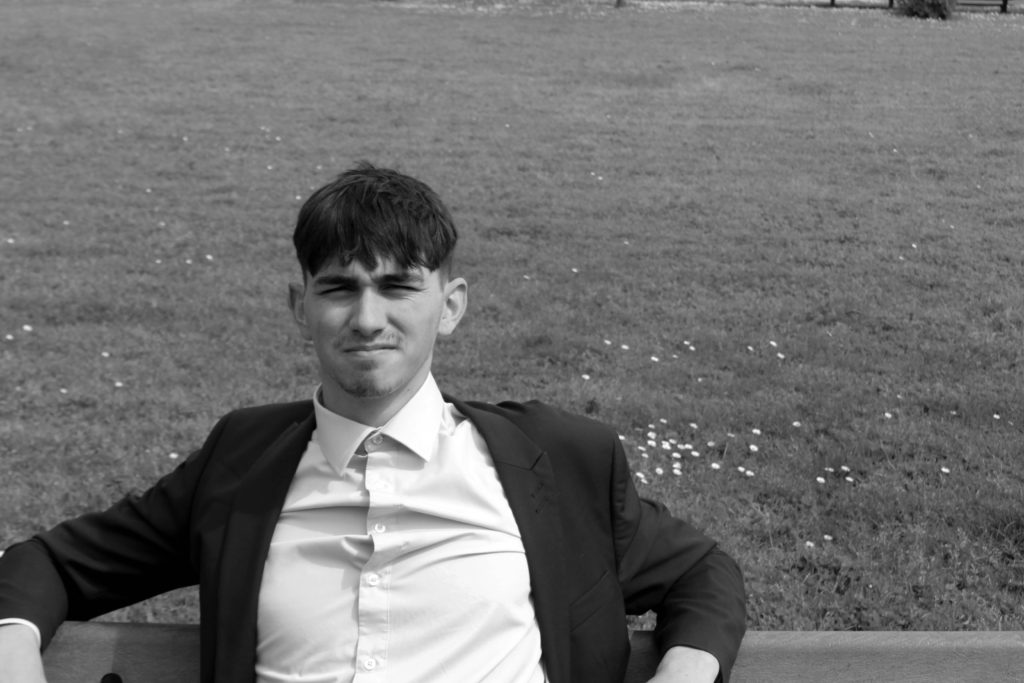

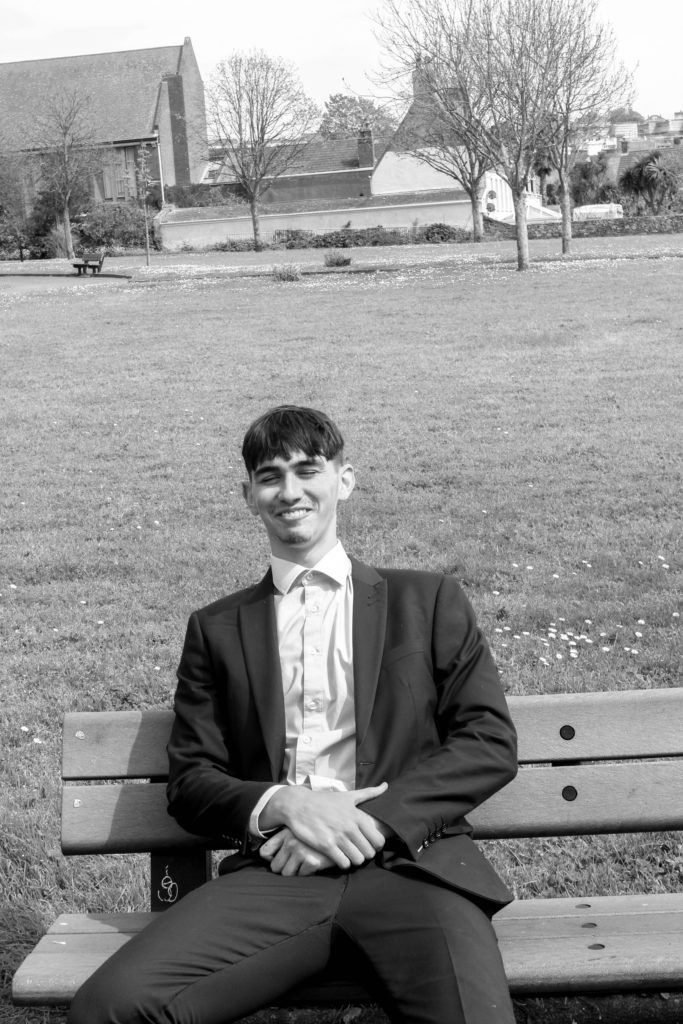







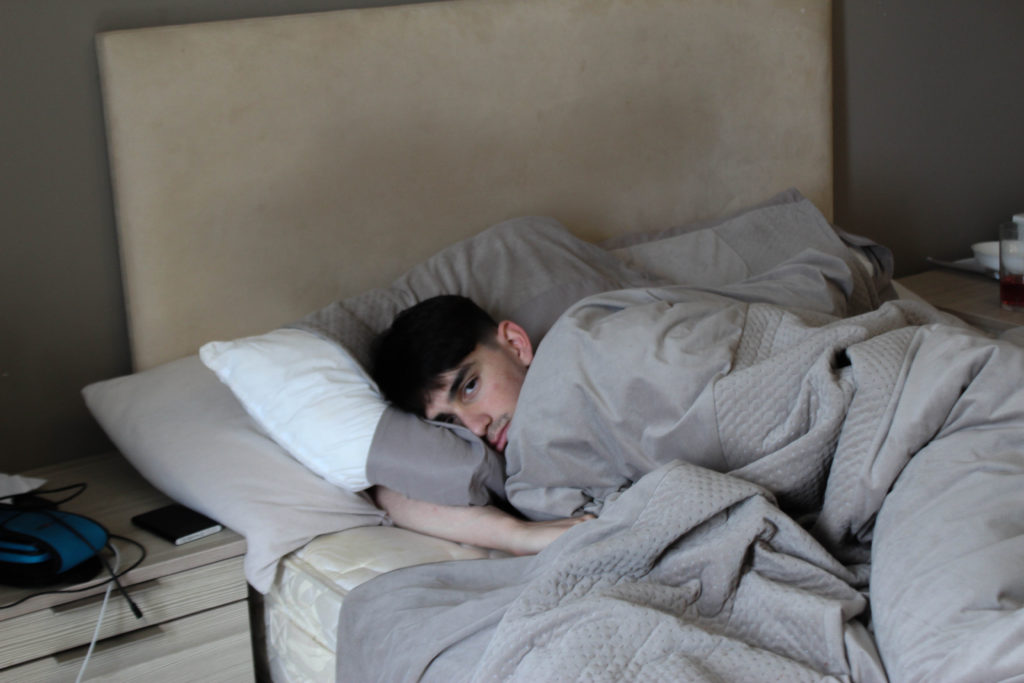



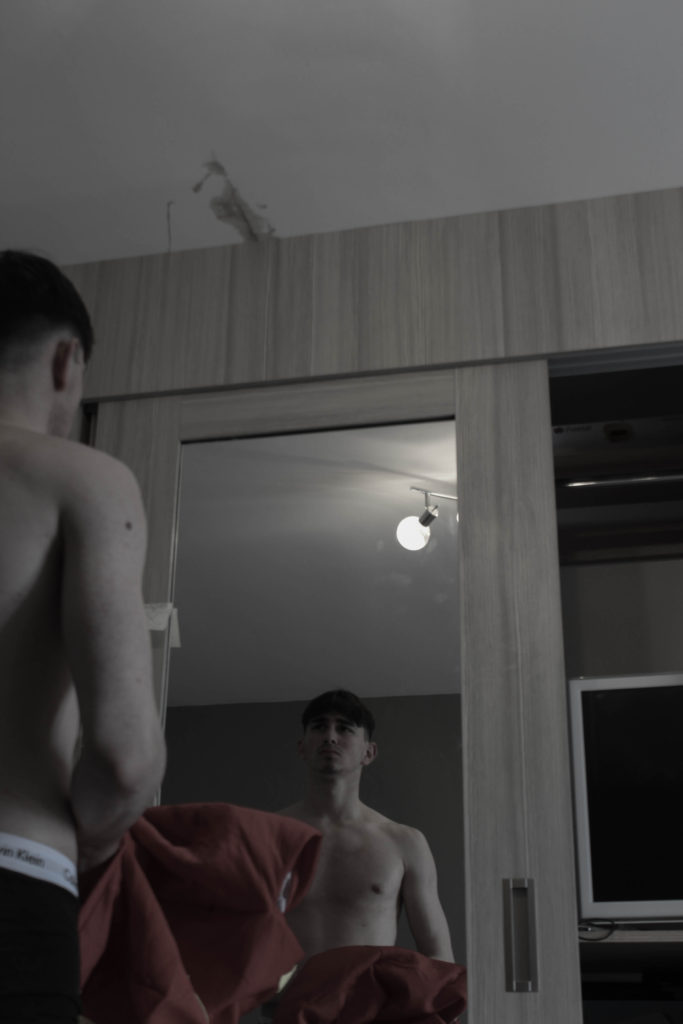





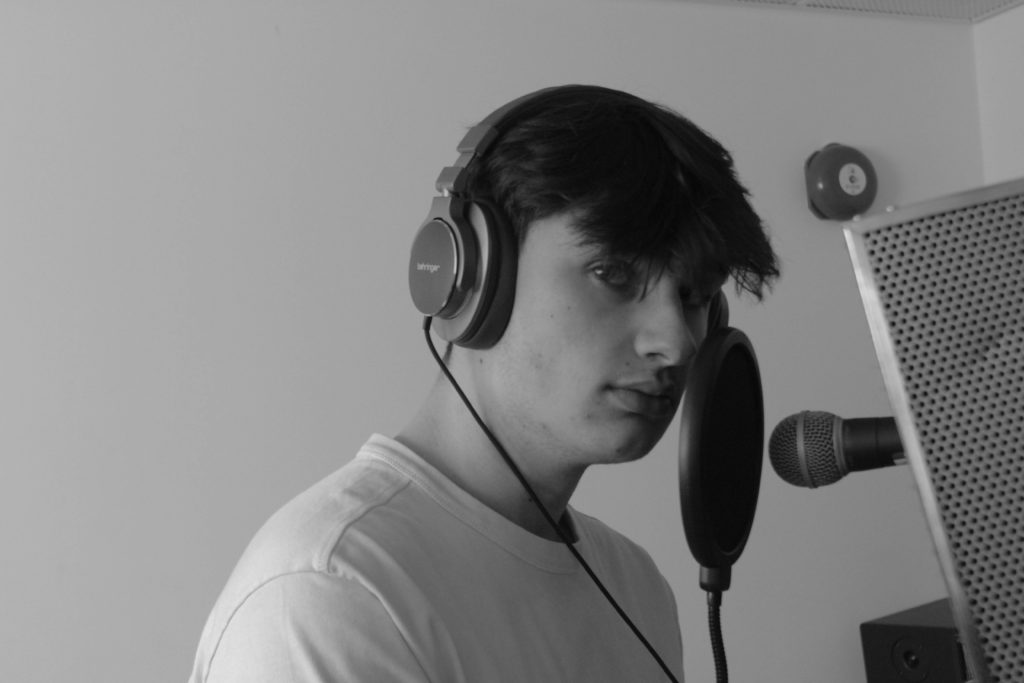



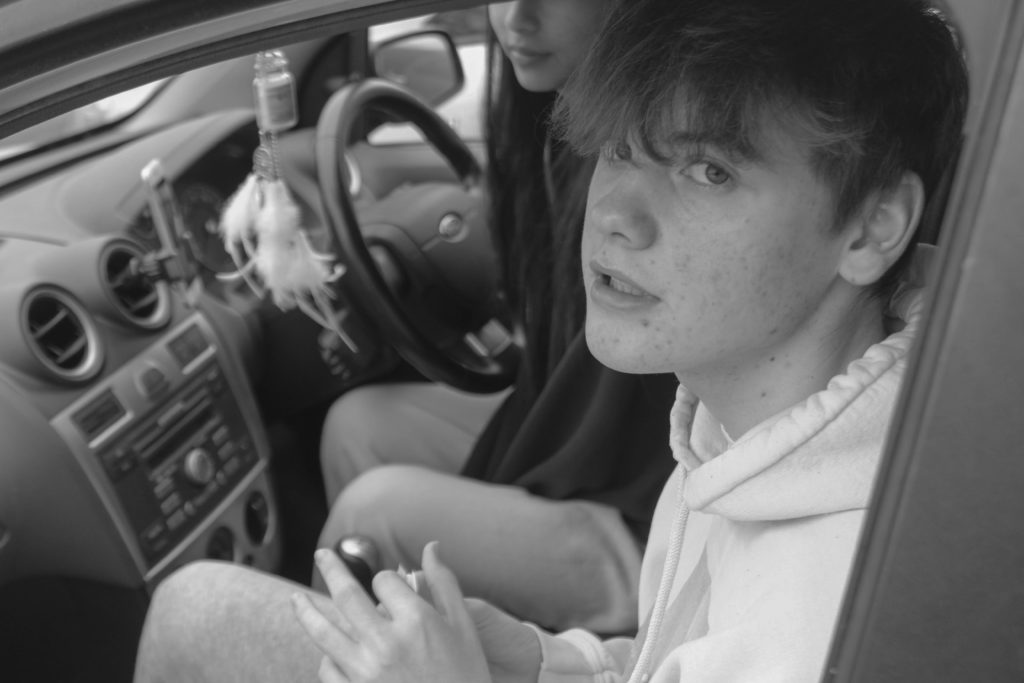


These are a handful of images that i edited using lightroom.
My favorite edits-




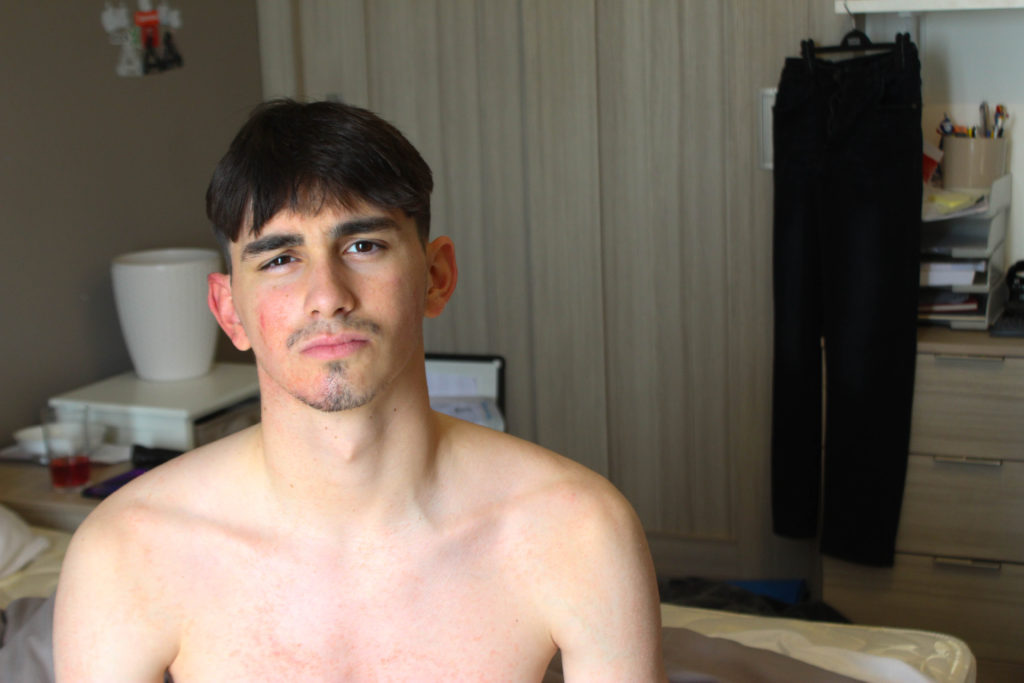


These are my favourite edits as i feel they portray my artists well and match their way of photographing. I like the lighting as it compliments the main feature of the image. The use of black and white in some of these distracts the colouring of the image and focuses mainly on the object and posing.
shoot 1-

My first shoot was inspired by both artists, using both of their techniques, with different framings, location, poses.


shoot 2-

My second shoot i have a wider variety of people to be able to link in with my project.

Michelle Sank is a British photographer who was born in Cape Town, South Africa. She is best known for her documentary-style photography that often focuses on social issues and marginalized communities.
Sank studied photography at the London College of Printing before beginning her career as a professional photographer in the late 1980s. Her work has been featured in numerous exhibitions and publications throughout the world, including The New York Times, The Guardian, and TIME Magazine.
One of Sank’s most famous projects is “In My Skin”, a series of portraits of teenagers in the UK who are coping with a variety of physical and emotional challenges. The project began in 2003 and continued for several years, resulting in a book of the same name that was published in 2007.
Her other projects have focused on a wide range of subjects, including immigrants in the UK, gay rights in Uganda, and the aftermath of the Fukushima nuclear disaster in Japan.
Her photography is often characterized by its intimate and empathetic approach to her subjects, which allows her to capture the complexity of their lives and experiences. Her work is also notable for its use of natural light and simple compositions that highlight the humanity and dignity of her subjects.
In addition to her photography, Sank is also an educator and has taught at several institutions, including the University of Wales and the University of Falmouth in the UK.
Her work
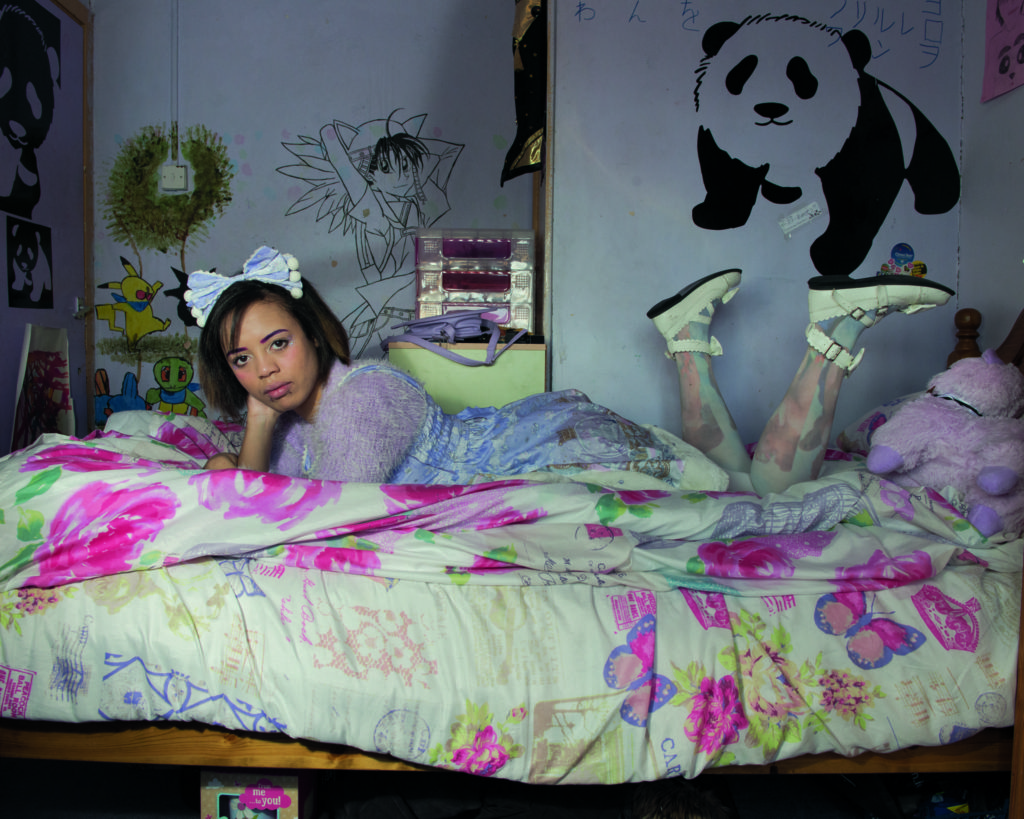




“My Self” is a photography project that explores the concept of identity through self-portraits. In this series, Michelle Sanks photographed individuals in a way that reveals their personalities and innermost selves. The portraits are raw, honest, and intimate, capturing the essence of the subject in a way that is both revealing and vulnerable.
Sanks’ use of black and white photography creates a timeless quality to the portraits, allowing the viewer to focus on the subject’s expressions and body language without any distraction from color. Through this series, Sanks challenges our preconceived notions of identity, showing that it is not just about how we look, but also about our experiences, emotions, and perceptions of ourselves.
Overall, “My Self” is a powerful and thought-provoking project that invites the viewer to reflect on their own identity and how we present ourselves to the world.

August Sander was a German photographer who is best known for his series of portraits capturing the people and social classes of Germany during the first half of the 20th century. His work is considered to be one of the most important contributions to the development of documentary photography.
Sander was born in Herdorf, Germany and spent much of his early life working in a mine, as his father was a mine carpenter, before discovering his passion for photography. He later moved to Cologne, where he opened his own photography studio in 1910.
Sander’s most famous work is his series of portraits titled “People of the 20th Century”, which he began in the early 1900s and continued to work on until his death. The series aimed to document the social structure of Germany during the early 20th century, and included photographs of people from all walks of life, from farmers and factory workers to artists and intellectuals.
Sander’s portraits were often shot in a straightforward, unadorned style, with his subjects typically photographed against plain backgrounds in natural light. He avoided new technologies by not using the newly invented Leica camera. Instead he remained dedicated to an old-fashioned large-format camera, glass negatives and long exposure times. This allowed him to capture smaller details of individual faces. His work was deeply influenced by the ideas of the German sociologist Max Weber, who believed that the study of social structure should be based on empirical observation.
Despite its importance, Sander’s work was often criticized by the Nazi regime, which saw his depictions of the working class and marginalized groups as a threat to their ideology. Many of his negatives were destroyed during World War II, and he was forced to abandon his work on “People of the 20th Century”.
Today, Sander’s work is recognized as a cornerstone of documentary photography, and his portraits continue to inspire generations of photographers around the world.
His work



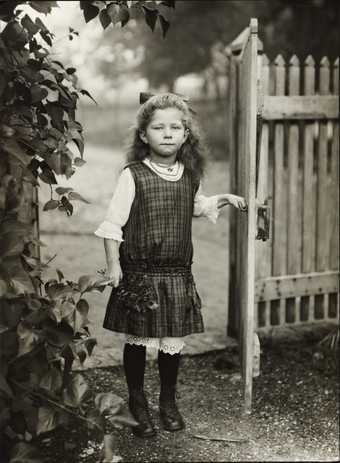

“Der Boxer Heinz Heese” is a portrait created in 1929. The image depicts Heinz Heese, a professional boxer, in a typical boxing stance. He is wearing boxing gloves and shorts, and his muscular build is emphasized by the strong light and shadow contrasts used in the photo.
Sander was known for his portraits of people from different social classes and professions, and “Der Boxer Heinz Heese” is part of his larger series “People of the 20th Century”, which aimed to document the diverse German society of the time.
The photograph has been described as a realistic and unidealized portrayal of a working-class boxer, reflecting Sander’s interest in capturing the essence of his subjects without any embellishments. It is considered a significant work of German modernist portraiture and a representation of the cultural and political context of the time.
My photoshoots will all mainly take place at each of my friends houses in their personal places, other then that they will take place at Hautlieu school and the near whereabouts/outskirts.
For the images taken inside, i can experiment better with different lighting which can create more effect and show identity better, whereas outside lighting is when you have to work with what you have and base a story around it.
The places circled in red are where my photographs will be taken.

Then finally for developing my images after my shoots, i will star rate them out of 5 labelling my best ones, and then flag them green and divide my best ones into a new folder where i will edit in Lightroom and import into photoshop for finishing details.
What you want to explore?
I am going to explore the simple aspects of portraiture in consideration to Sander and Sanks work. The majority of simple approaches in which appear initially simple at first are conceived from complex concepts that challenge the viewer and raise important issues. I will be acknowledging how this applies and format it in my pictures. My project will be linked in with subtle but meaningful images taken of my close friends in places which represent them as a person, i may include some candid’s to show their true selves off guard and how they feel in a certain location.
Why it matters to you?
This project matters to me as i feel it can also say a lot about who i am as a person with the way i edit and represent my final outcomes. It doesn’t only just matter to me as i can learn more about myself, but also because i can learn more about my friends as individuals as if i was perceiving them from someone elses perspective, having a closer insight on their identities.
How you wish to develop your project?
I wish to develop my project by going out today and tomorrow with my friends taking a range of different shoots experimenting with different angles, lighting, locations and framing to match which fits in with my friends and my own personality creating a better understanding with the meanings behind my final images.
When and where you intend to begin your study?
I intend to start my study preferably where my friends grew up e.g their home, neighbourhood, school just so this is a good starting point as to getting to know them better as an individual and what places feel safe to them so i can capture them at their best. I will be starting today afternoon continuing into tomorrow.


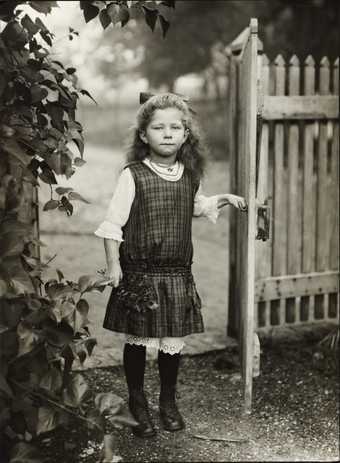
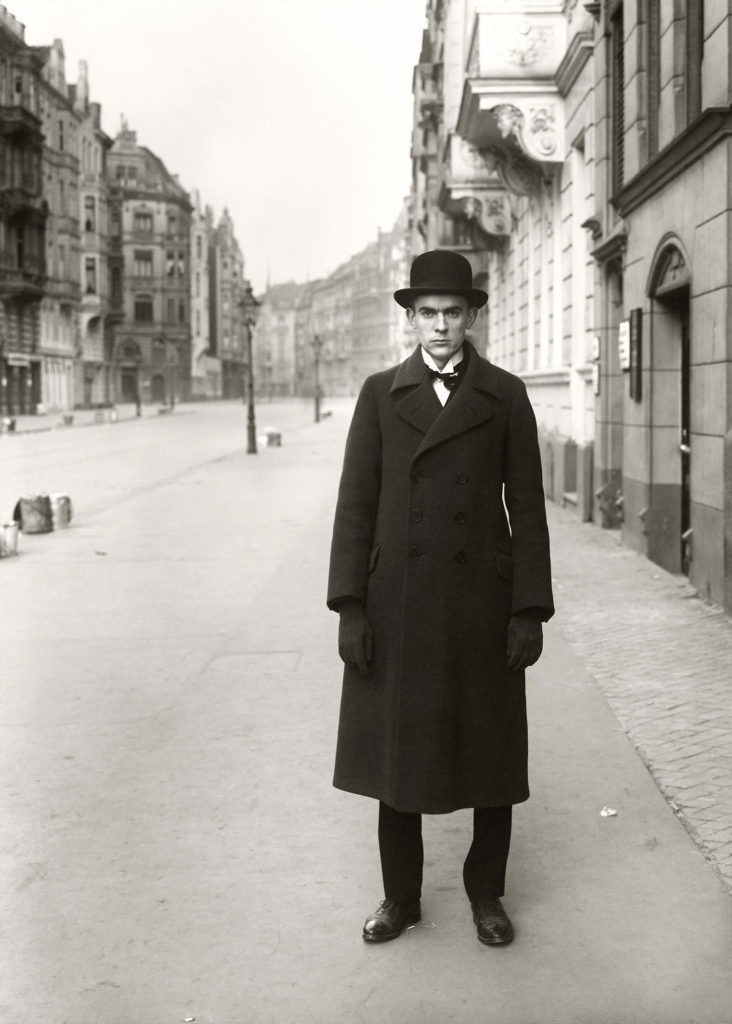
This is a simple and direct approach to portrait photography, you can see with this use of different simple images, he uses different framing, location, environment and poses. The location changes can portray different emotions with the background along with the poses, some more subtle and some more bold.
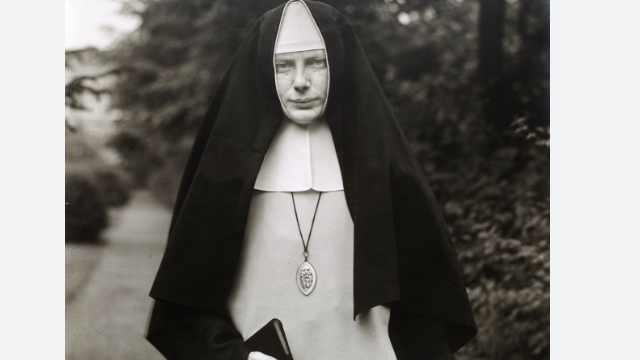
This image by Sander visualises the Nuns work environment, showing where she is at peace, the framing of this photo reveals her outfit and her holding a Bible, interpreting what she does and what she is like as a person. Her pose is stern indicating she is a strong independent women.
I would like my images to be presented in this way, as the simple approach can still be a very meaningful way of showing emotions and telling story.
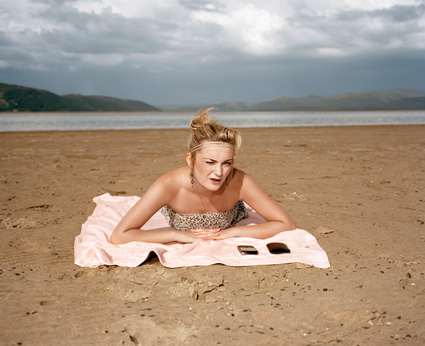

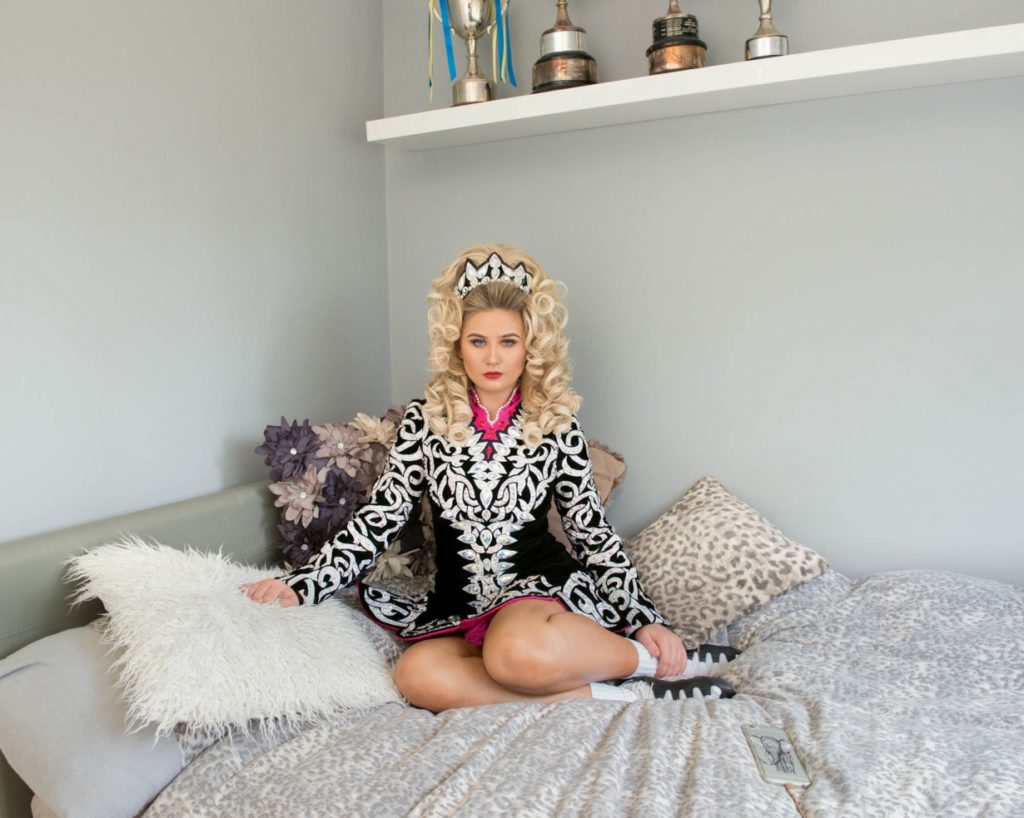

This is also a simple approach, her work i find would be a simple but effective way of photographing, facial expressions, environment, and framing will play a large role in my use of images i present regarding Sank.

You can clearly depict the culture from the photograph just by the outfit worn and the bedroom (environment), their body language determines they are family or friends.
Sander and Sank, have both similarities and differences. A similarity being their use of different locations representing a contrasting story behind each one. A difference is that Sanks work is more modern and she uses colour, most of her work is used with her photographing women in their bedroom as their own personal space says a lot about how they perceive themselves and how they are as an individual. Their approaches with their images are relatively similar, including only portraiture.